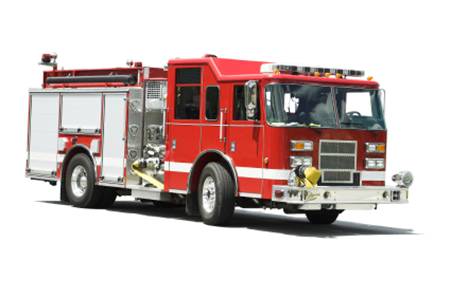Merit goods
 What are merit goods?
What are merit goods?
Merit goods are the opposite of demerit goods - they are goods which are deemed to be socially desirable, and which are likely to be under-produced and under-consumed through the market mechanism. Examples of merit goods include education, health care, welfare services, housing, fire protection, refuse collection and public parks.
In contrast to pure public goods, merit goods could be, and indeed are, provided through the market, but not necessarily in sufficient quantities to maximise social welfare. Thus goods such as education and health care are provided by the state, but there is also a parallel, thriving private sector provision. Indeed, there is considerable disagreement between economists on the right and left of the political spectrum over the extent to which such goods should be provided by the state or the private sector. We consider these arguments later in this section.

Before we proceed with our discussion of merit goods, and in particular the question of why merit goods tend to be underprovided by the market, it would be useful at this stage to summarise the main differences between public goods, private goods and merit goods. Have a go at filling in the blank table below (we have put in a few entries to help you along). Once you have had a go, follow the link under the table to compare your answers with ours.
| Main features | Public goods | Merit goods | Private goods |
|---|---|---|---|
| Diminishability (non-rivalry) | Non-diminishable (non-rivalry) | ||
| Excludability | Excludable | ||
| Benefits | Individual and communal (strong positive externalities) | ||
| Provider | Usually private enterprise | ||
| Financed by | Usually taxation | ||
| Examples |
